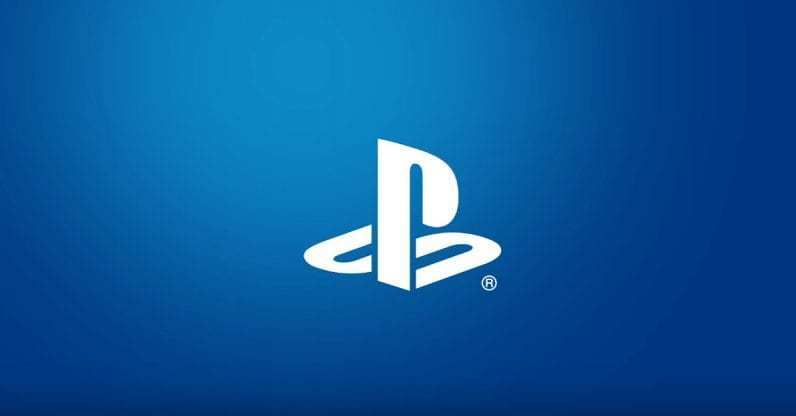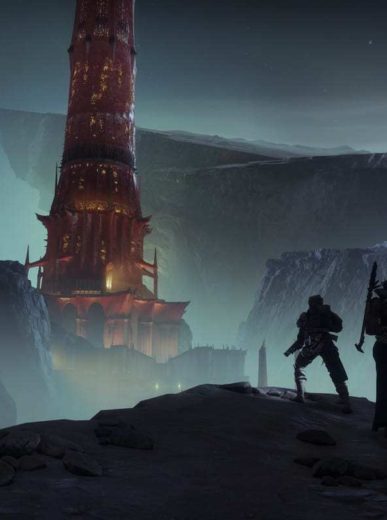The PS5 has been officially unveiled, and it comes with all sorts of cool bells and whistles to justify it being labeled as a true “next-generation” console. That includes ray-tracing support to make things look prettier, along with strong haptic feedback in the new controllers to give players a better game feel when dealing with different weapons or tools in-game. All that kinda pales in comparison to the real game-changer, though, which is the solid state drive (SSD).
Back in April, when Sony first started talking about PS5 development, it was reported by Wired that the console would feature a SSD rather than a traditional hard drive, which is what the PS4 currently relies on. In that same report, Spider-Man reportedly only took a second to load on the PS5, as compared to the PS4 which took considerably longer.
Even in the official reveal of the PS5, Sony’s Mark Cerny declined to share any more details about the SSD itself. Still, the fact that the solid state drive will be specially built for the PS5 is a good sign that it’ll be a major step up in terms of load times, even compared to a current gen PS4 hooked up to an external storage drive.
The PS5’s usage of a solid state drive comes at a very opportune time as well, as SSD prices have been steadily going down over the last couple of years. SSDs are now commonly found in lower-end PCs and even budget or mid-tier laptops, and while they’re still a fair bit more expensive than a regular hard drive, it’s no secret that they do wonders for boot and load times –an area where consoles have been beaten out by PC for years at this point.
The video game industry has also spent the last generation chasing new benchmarks and milestones with regards to photorealism and high graphical fidelity –titles like the recent Red Dead Redemption 2 and Horizon Zero Dawn immediately come to mind– to the point where it’s genuinely starting to feel like we’ve begun to hit a plateau as far as realism is concerned.
It’s very telling that both Sony and Microsoft’s mid-cycle console refreshes have focused on performance rather than resolution. Sure, native 4K resolution and the PS4 Pro’s checkerboarding effect were the selling points of those consoles, but both the Pro and Xbox One X gave players the option to choose between graphics and performance for certain games. Even in the Wired report, both Bluepoint Games and EA have expressed their excitement at SSD implementation in the new console.
It’s clear that resolution is becoming less of a priority for both Sony and Microsoft moving forward, and the focus has shifted to delivering a smoother and snappier experience that cuts the downtime and gets players playing faster.
At this point in time, graphics and resolution feel like they’re in a good spot. Ray-tracing capabilities will certainly help to make our video games look even more realistic, but it feels like we’re at a point where players are more concerned with a better user experience overall, and if that comes in the form of much shorter loading times or less multiplayer lobby downtime as you wait for everyone to spawn into the same instance, then the implementation of an SSD in the PS5 will almost certainly be the major game-changer as we head into the next generation.
The only concern with SSD implementation is the size and price it’ll actually ship with. As games grow in size –again, Red Dead Redemption did take up 100 GB– our puny hard drives become less able to keep up with all the games we want to get digitally. SSDs may have dropped in price in recent years, but getting a solid state drive above the capacity of 1 TB can set you back by a couple hundred dollars, and it’s scary to think how something like that would affect the PS5’s retail price. Something’s most definitely gonna give: either the price or the size.
For now, though, the prospect of actually getting a much improved user experience on the next generation of consoles is a very exciting one, and I, for one, can’t wait to hear even more about the PS5’s impressive storage functions.


There are no comments.